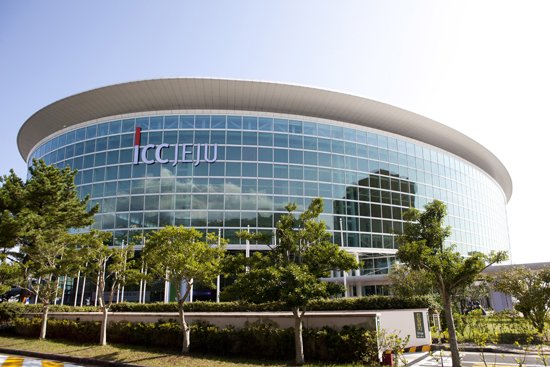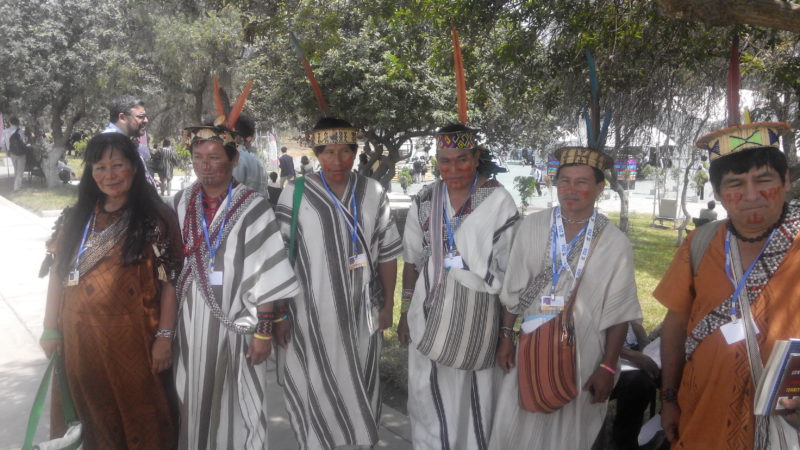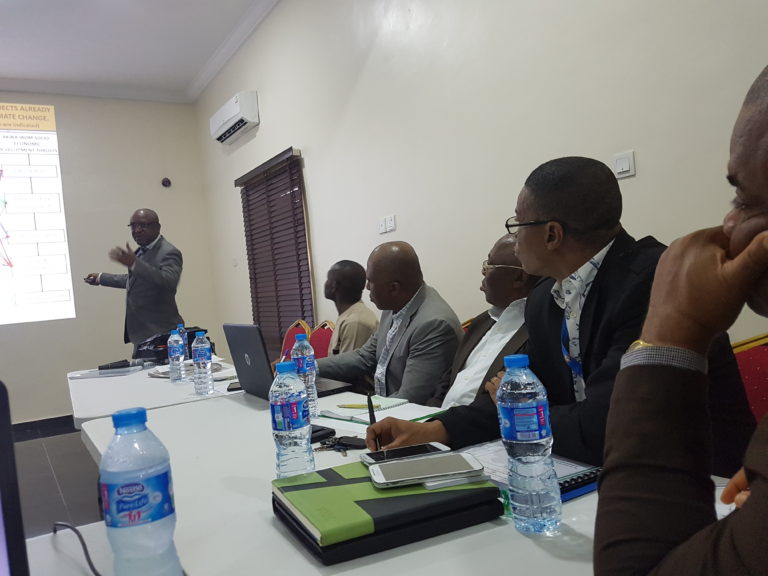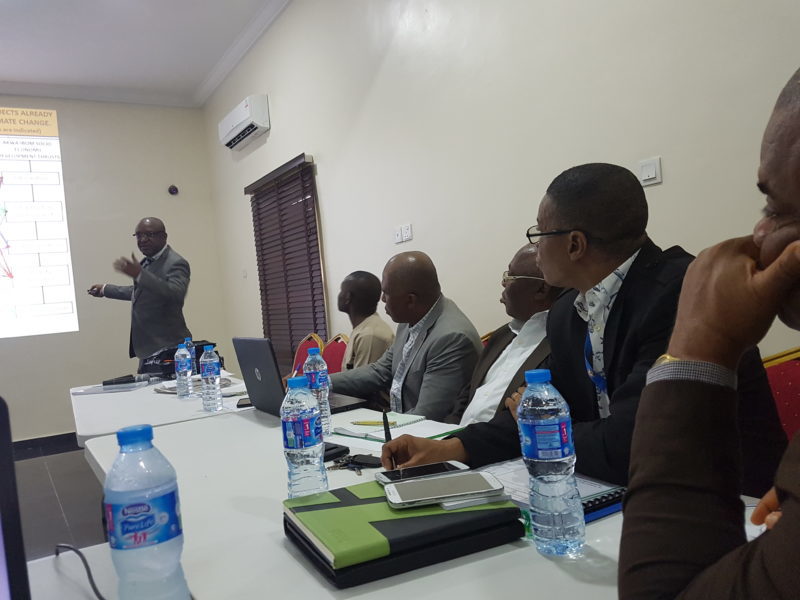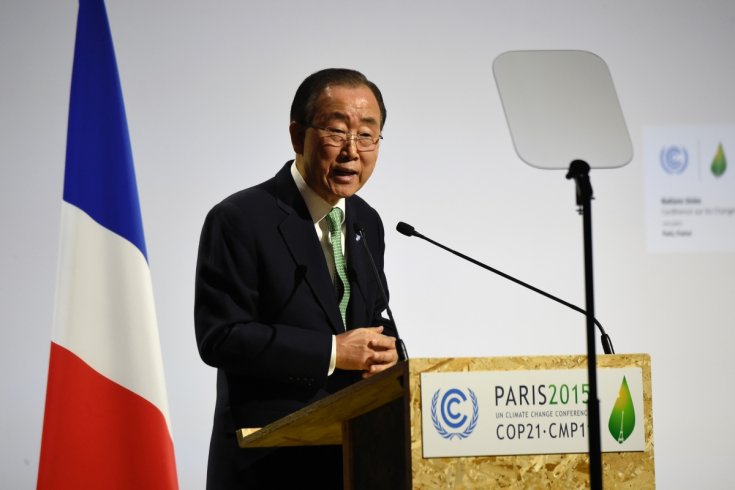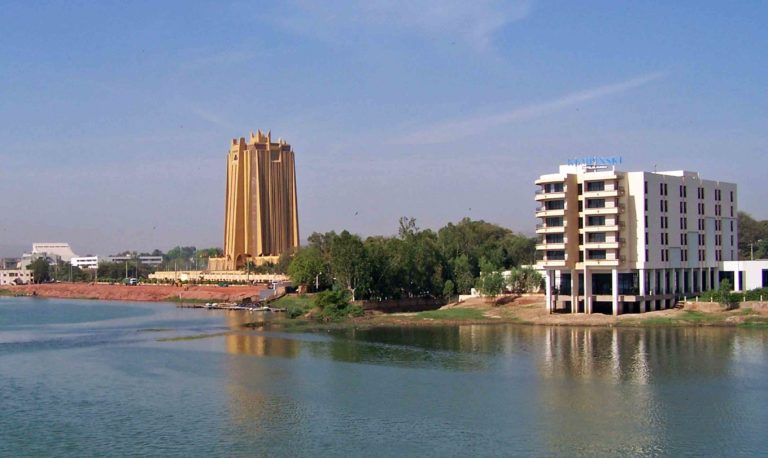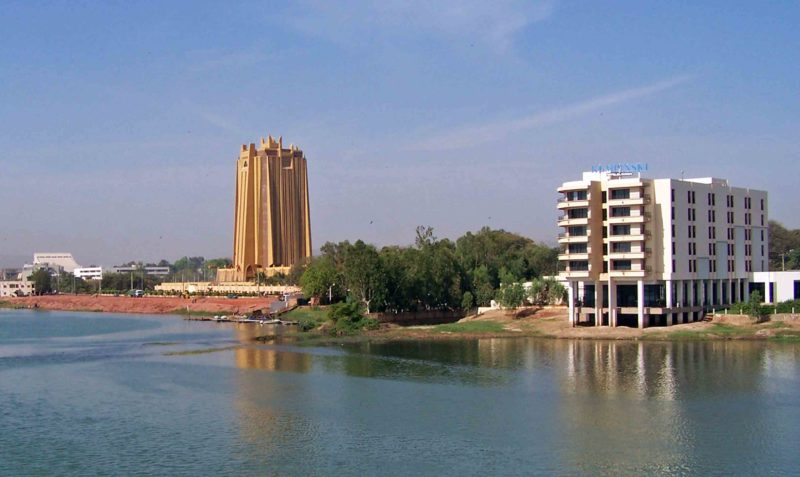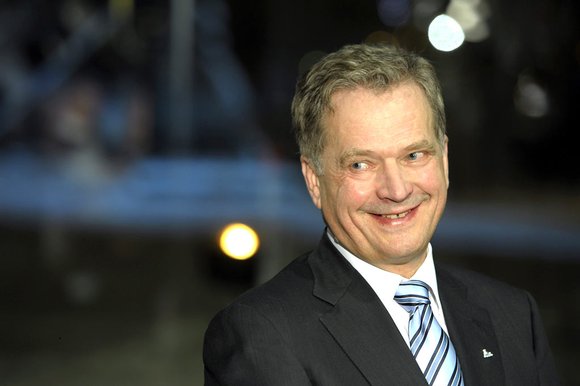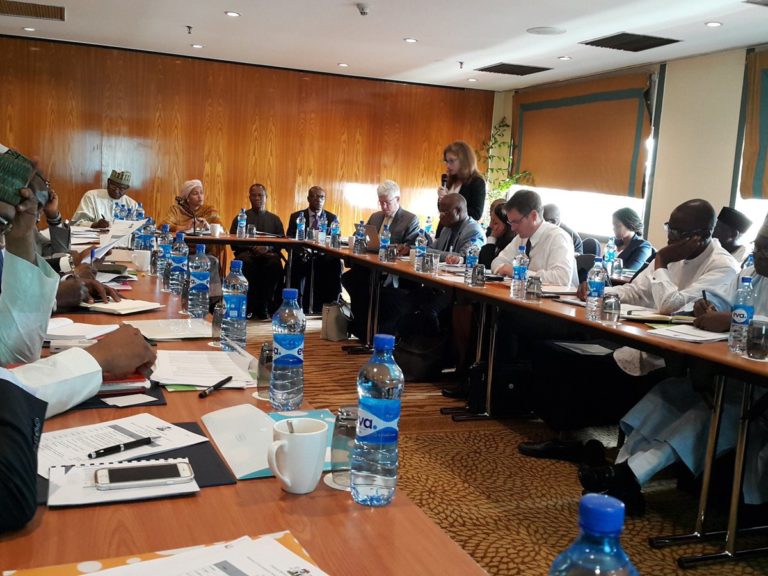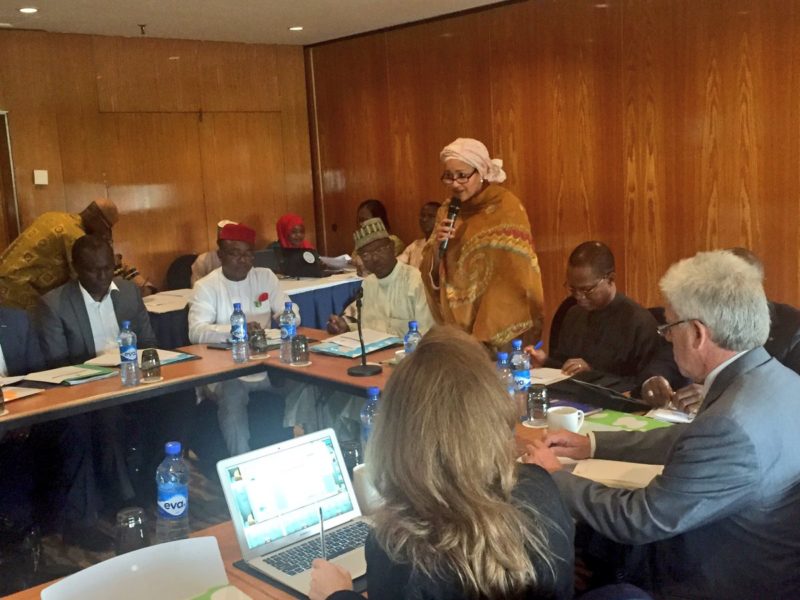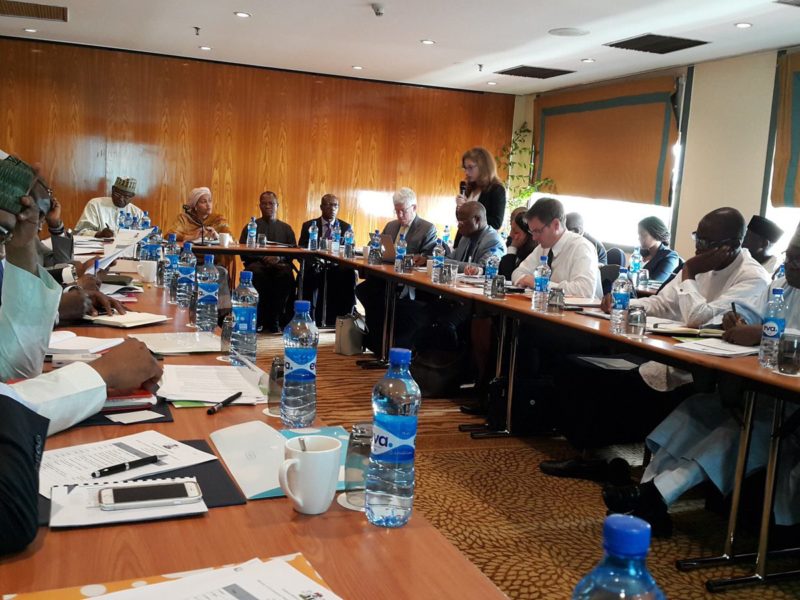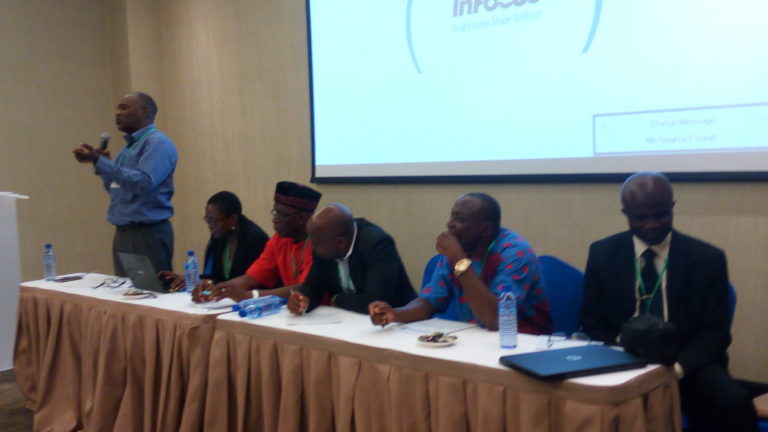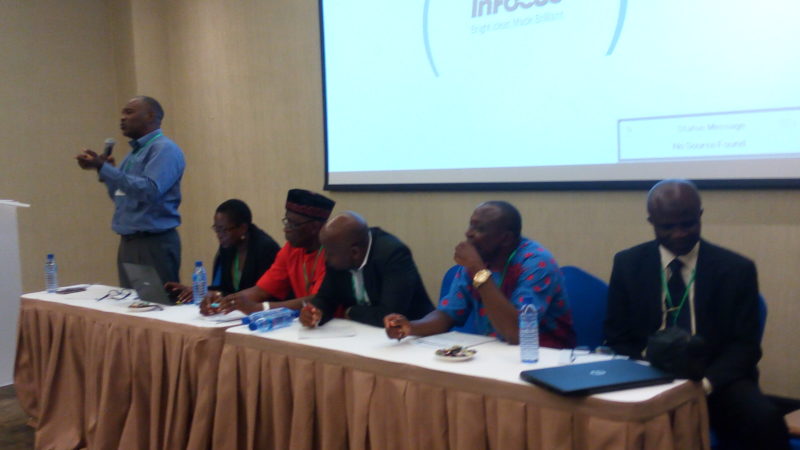The World Alliance for Mercury-Free Dentistry has named Domimique Bally Kpokro of Abidjan, Côte d’Ivoire to its five-person Executive Committee.
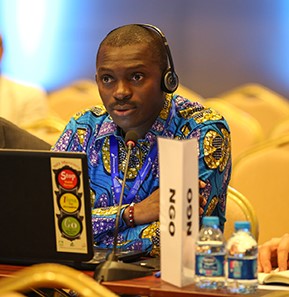
Mr. Kpokro is president of the African Centre for Environmenal Health and vice president for Africa, World Alliance for Mercury-Free Dentistry. He will remain in Abidjan in these positions.
Mr. Charlie Brown, American, President of the World Alliance, said, “It has been my honour to work with Dominique Bally Kpokro since 2010; he is truly one of the foremost young environmental leaders in the world. I was in Abidjan last year (April 2015) for a splendid conference Dominique organised, a United Nations Environment Programme (UNEP) workshop for francophone Africa to transition the region to mercury-free dentistry.”
The old form of dentistry was to use amalgam, a material that is 50% mercury, a powerful neurotoxin and environmental menace. The Minamata Convention on Mercury calls for a transition to mercury-free dentistry. Since it burst onto the scene in 2010, the World Alliance for Mercury-Free Dentistry has steadily expanded its global mission, and now has programmes in every region, with a particular emphasis on West Africa and East Africa.
Led by NGO leader Mr. Leslie Adogame of SRADev Nigeria, the nation of Nigeria has emerged as Africa’s focal point in the campaign for mercury-free dentistry. The now-famous Abuja Declaration for Mercury-Free Dentistry for Africa, drafted in Abuja in 2014 and endorsed by 40 civil society organisations from across West, North, East, Central, and Southern Africa, calls for Africa to the be the first continent to be rid of mercury-free dentistry, starting with a ban for children.
Dr. Shahriar Hossain of Bangladesh, leader of the Asian campaign for the World Alliance, said: “Dominique Bally is well known in Asia for his work against toxins and for better environment for all. His appointment will be very well received in my region.”
Mr. Kpokro said: “I have been to 15 African nations to work for mercury-free dentistry. In this new role with the World Alliance, I will make sure that Africa’s voice is equal to all others. Working with my esteemed colleagues, I intend to accelerate the movement to mercury-free dentistry across Africa. Today, I am pleased to say, we have campaigns across West, North, East, Central, and Southern Africa.”
With its Secretariat in Washington, the World Alliance for Mercury-Free Dentistry has a worldwide network with nine regional vice presidents and NGO representatives in 40 nations. Led by professionals in dentistry, medicine, ecology, engineering, journalism, and law, it works in partnership with UNEP and governments to implement the transition to mercury-free, amalgam-free dentistry.
Kpokro added: “The government of Cote d’Ivoire is implementing a full transition to mercury-free dentistry, and I salute the work of The Ministry of environment Dr Allah Kouadio Remi through his General Director of Environment Pr. George Kouadio, for establishing and allowing a permanent dialogue with all stakeholders in charge of the implementation of such transition to mercury-free dentistry.”



